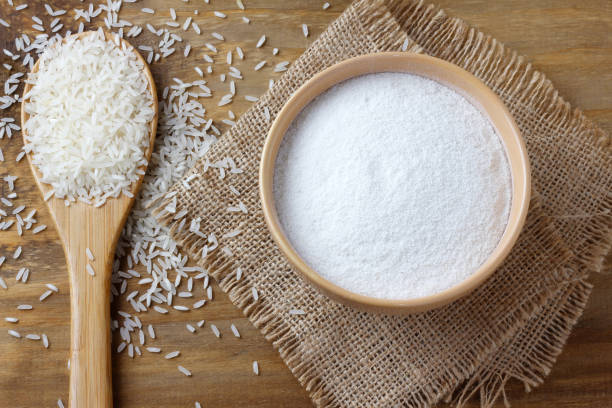
As the weather gets colder, we also notice a change in humidity levels in our homes. Mould growth is a real issue when it comes to condensation on windows and walls. Not only is it an eyesore, but it can also have a negative impact on your health. One simple and affordable solution is to create a home moisture absorber, which you can make for next to nothing.
Why is it important to address high humidity?
Too much humidity in your home can damage the structure and affect your health. If the humidity in a room is above 60%, it can cause headaches, muscle and joint pain, increase the risk of infections and affect concentration. On top of that, too much humidity makes it easier for mould to grow, which can cause allergies and respiratory problems. It’s worth thinking about the best ways to get rid of moisture in the home.
The source of moisture in the home
Moisture often gets into interiors through everyday activities like bathing, cooking or drying laundry. While it’s easier to balance humidity during the warmer months with more ventilation, it’s more complicated in autumn and winter. A lot of people limit ventilation to keep heat from escaping, but this can cause moisture to build up indoors. It’s also worth noting that insufficient ventilation can lead to unpleasant odours and the growth of mould on walls and in joints.
How to make a homemade moisture absorber?
Instead of investing in expensive gadgets, you can easily make your own moisture absorber from common household ingredients. Some of the most effective include:
- Rice,
- baking soda,
- Salt,
- crushed chalk.
It’s really straightforward to make your own absorbent material. Just pour the chosen material into a small container or bowl, cover it with gauze and secure it with a rubber band. This absorbent will effectively soak up moisture from the air until it starts to clump together. Once it’s used up, just replace it with some more. If you want to add a little extra fragrance, you can add a few drops of essential oil to the rice, or sprinkle in some citrus zest for a pleasant scent.
Preventing excessive moisture
Good ventilation is the best way to stop dampness in the home. It’s better to open windows for short periods rather than leaving them open for a long time. This way, you can still get fresh air in without losing too much heat. It’s also a good idea to avoid leaving laundry to dry inside, and to use the outside if you can, even in cold weather. If the humidity is on the high side, it’s a good idea to put plants like ferns or horsetails in the room, since they naturally absorb moisture.

